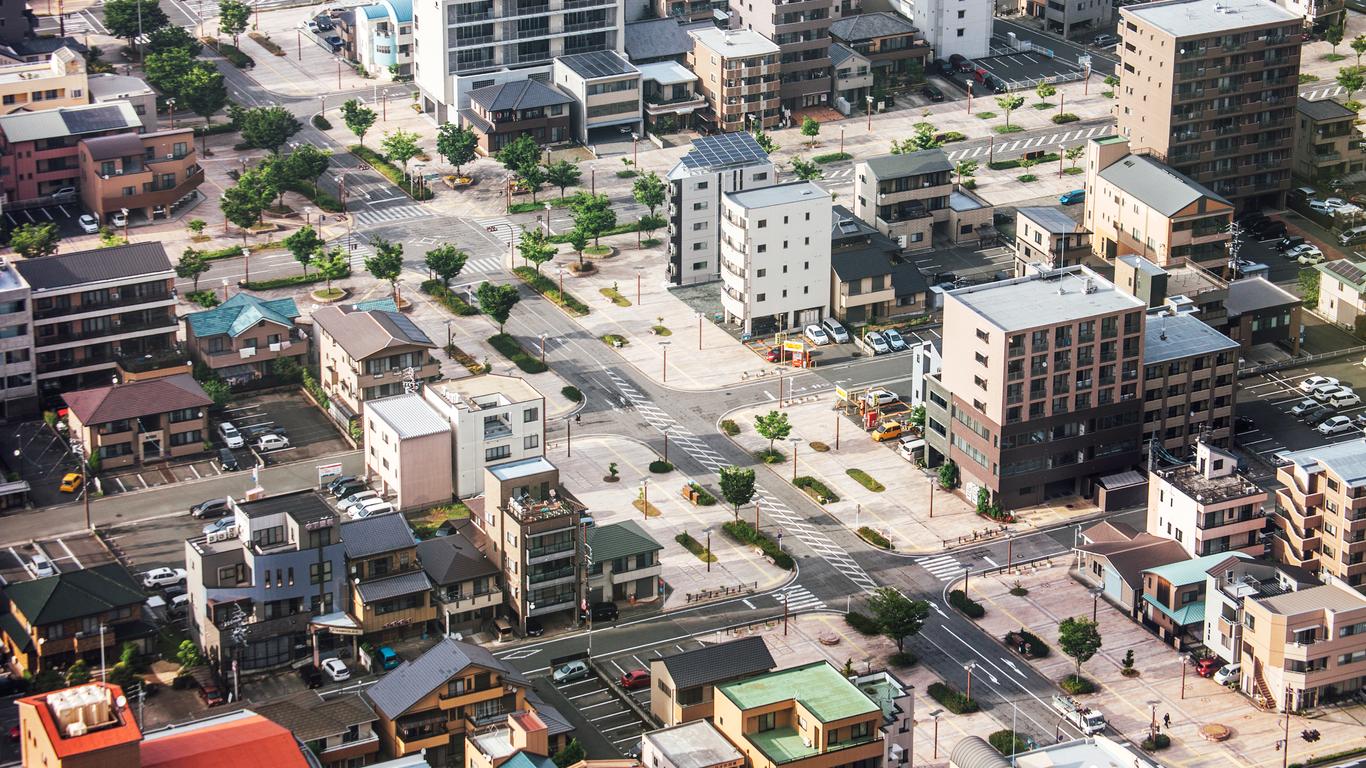Renowned for its production of musical instruments, Hamamatsu overlooks the Pacific Ocean between Nagoya and Shizuoka. It was an important communications hub in the Edo Period when it flourished as a castle town and is a post station on the Tōkaidō highway connecting Kyoto and modern-day Tokyo. Today, Hamamatsu is a vibrant manufacturing city and home to a large population of Japanese Brazilians.
Things to do in Hamamatsu
In the heart of Hamamatsu is its reconstructed 16th-century castle where a young Tokugawa Ieyasu once lived. Destroyed during a World War II air raid, it was rebuilt in 1958. Browse the antique military equipment and castle artefacts on display in its museum before enjoying the stunning views across the Pacific Ocean from its top floor.
Instruments from around the globe are exhibited at the Hamamatsu City Museum of Musical Instruments, which is the first museum of its kind in Japan. In addition to Balinese gamelans and a Moog synthesiser, it features historic Japanese organs dating from the Meiji and Taisho eras. Temporary exhibitions highlighting the history of particular instruments are also showcased.
On the shores of Lake Hamana is the Hamamatsu Flower Park, where you’ll find seasonal blooms and impressive plant displays throughout the year. A particular highlight is the plum and cherry blossoms that ignite in spring, followed by summer-flowering hydrangeas. In the heart of the park is the Crystal Palace, a large greenhouse with a musical fountain. A steam locomotive-inspired bus travels through Hamamatsu Park and connects to its Ferris wheel.
Getting around Hamamatsu
Hamamatsu is just under two hours’ drive from central Nagoya and Chubu Centrair International Airport, which has flights to destinations across Asia. Trains travelling along the Tokaido Line stop at Shin-Hamamatsu Station, from where the Enshu Railway connects north.





